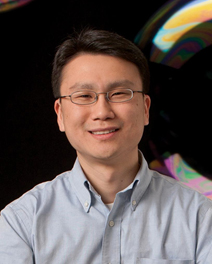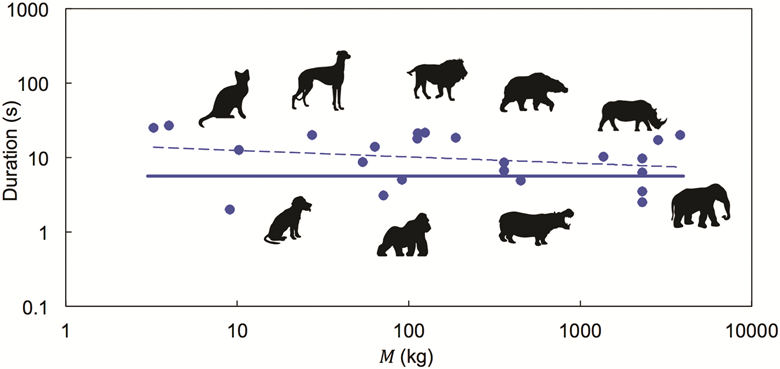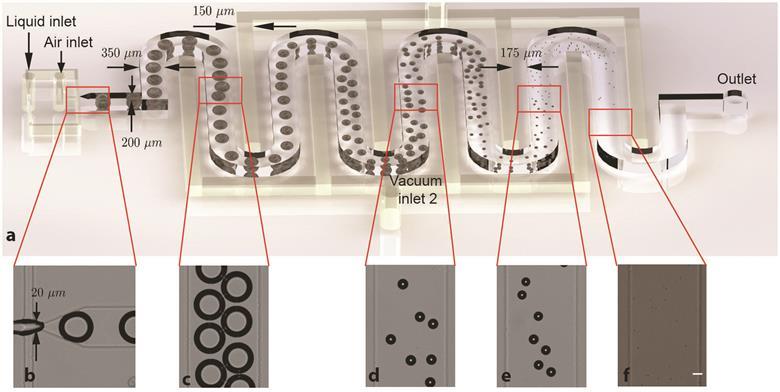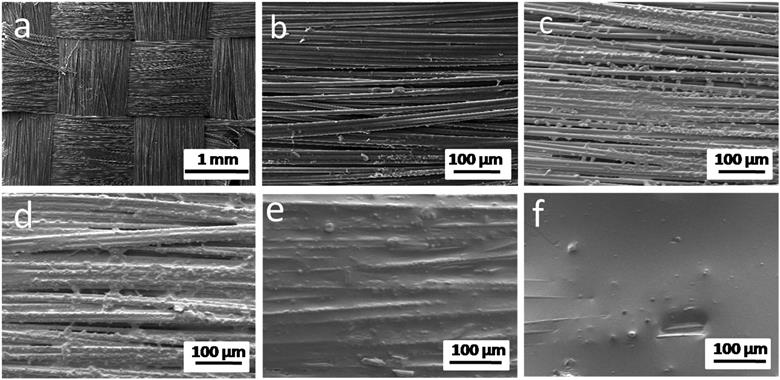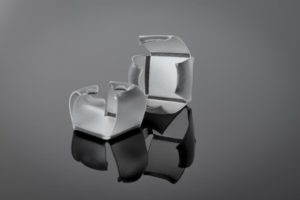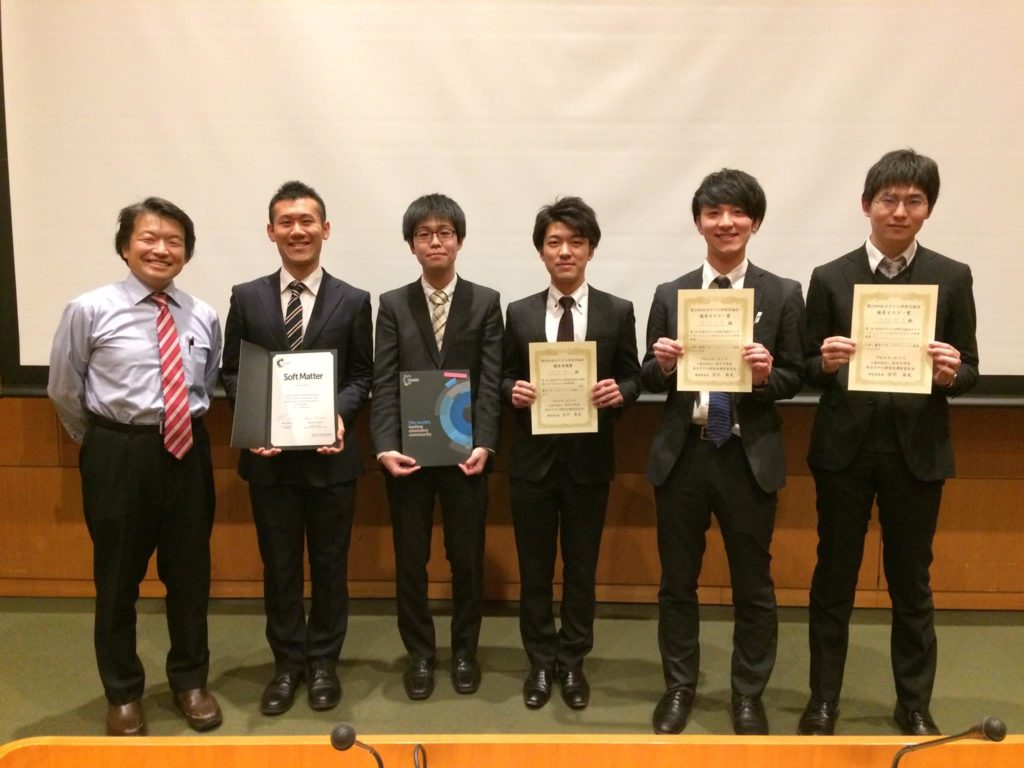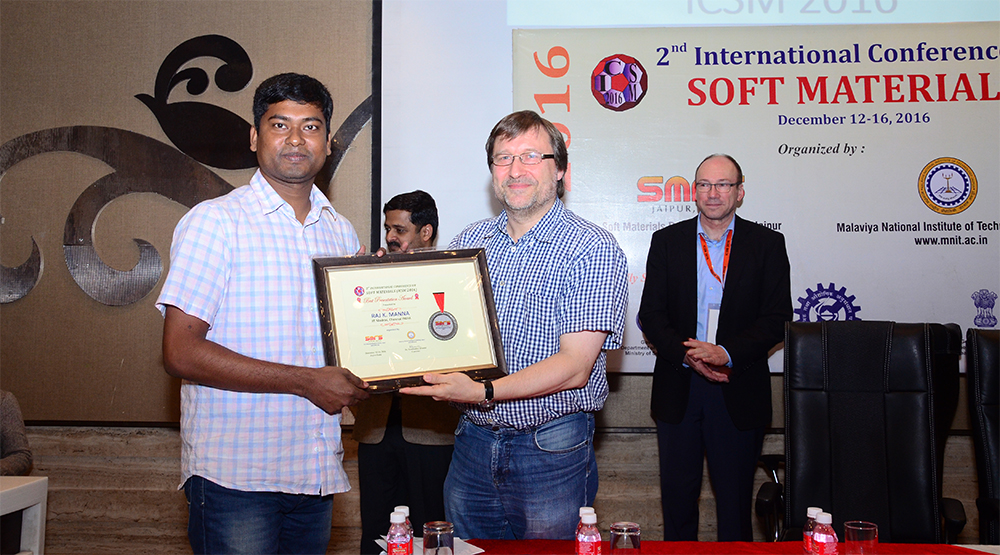It is with great pleasure that we announce Prof. Daeyeon Lee (University of Pennsylvania, USA) as the recipient of the 2017 Soft Matter Lectureship.
The Soft Matter Lectureship is an annual award that honours an early-career researcher for their significant contribution to the soft matter field. The recipient is selected by the Soft Matter Editorial Board from a list of candidates nominated by the community.
Read on to find out more about Daeyeon…
Daeyeon Lee obtained his PhD in Chemical Engineering at the Massachusetts Institute of Technology (MIT) in 2007 after completing a Bachelor’s Degree at Seoul National University in 2001. He then moved to Harvard University for a postdoctoral fellowship, before becoming a Professor of Chemical and Biomolecular Engineering at the University of Pennsylvania in 2009.
His current research interests focus on developing a deep understanding of the interactions between soft materials (e.g., polymers, colloids and biologicals, etc.) near or at interfaces. The major research efforts of his group include understanding the behaviour of Janus particles at fluid interfaces, improving the assembly and mechanical properties of nanoparticle films, generating hierarchical structures using emulsions and bubbles as templates, and developing catalytic systems for biomass conversion.
Since 2005, Prof. Lee has received 14 honours and awards and published 117 peer-reviewed articles. He received the Gold Award in Materials Research Society (MRS) in 2006, the AIChE NSEF Young Investigator Award in 2013, and the S. Reid Warren, Jr. Award in 2017, in recognition of outstanding service in stimulating and guiding the intellectual and professional development of undergraduate students.
To learn more about Daeyeon’s research, have a look at his recent publications in Soft Matter:
Capillarity-induced directed self-assembly of patchy hexagram particles at the air–water interface
Sung-Min Kang, Chang-Hyung Choi, Jongmin Kim, Su-Jin Yeom, Daeyeon Lee, Bum Jun Park and Chang-Soo Lee
Soft Matter, 2016,12, 5847-5853
Nanomechanics of layer-by-layer polyelectrolyte complexes: a manifestation of ionic cross-links and fixed charges
Biao Han, Daphney R. Chery, Jie Yin, X. Lucas Lu, Daeyeon Lee and Lin Han
Soft Matter, 2016,12, 1158-1169
Enzymatically triggered rupture of polymersomes
Woo-Sik Jang, Seung Chul Park, Ellen H. Reed, Kevin P. Dooley, Samuel F. Wheeler, Daeyeon Lee and Daniel A. Hammer
Soft Matter, 2016,12, 1014-1020
We would like to thank everybody who nominated a candidate for the Lectureship; we received many excellent nominations, and the Editorial Board had a difficult task in choosing between some outstanding candidates.
Please join us in congratulating Daeyeon on his award!


